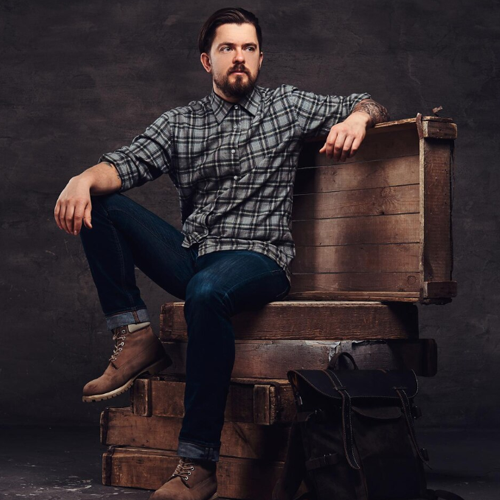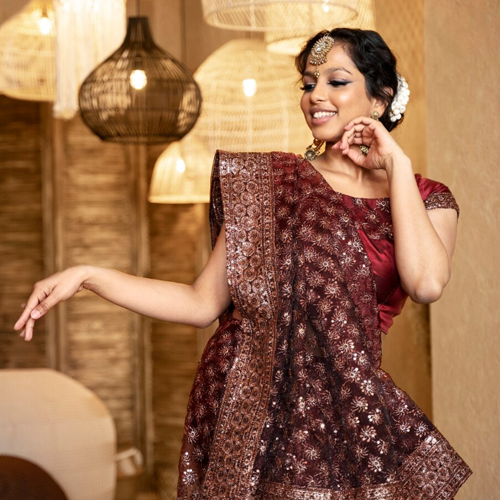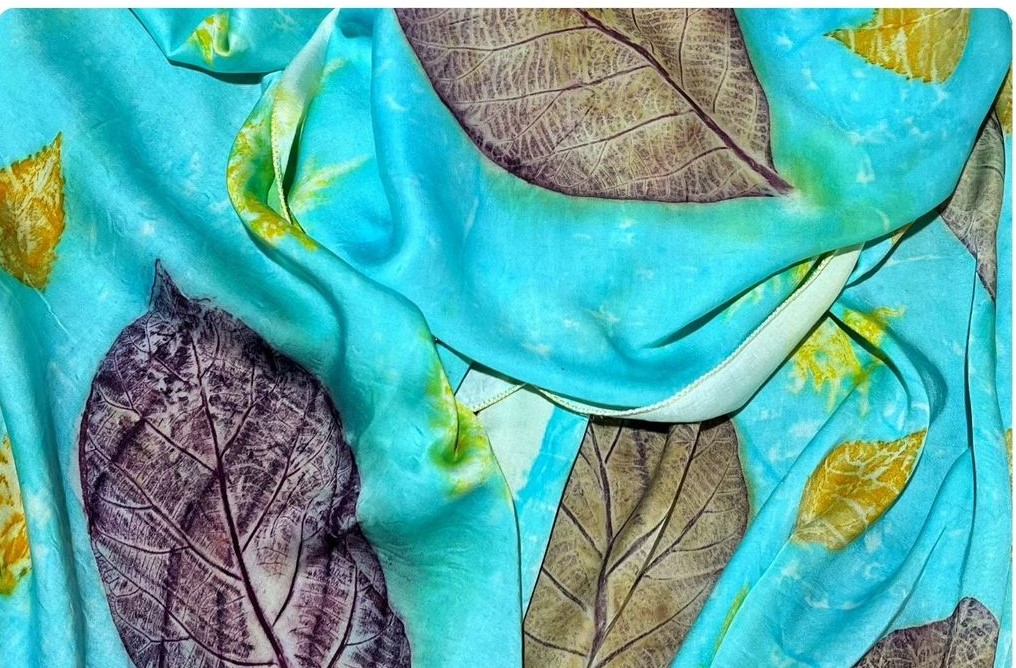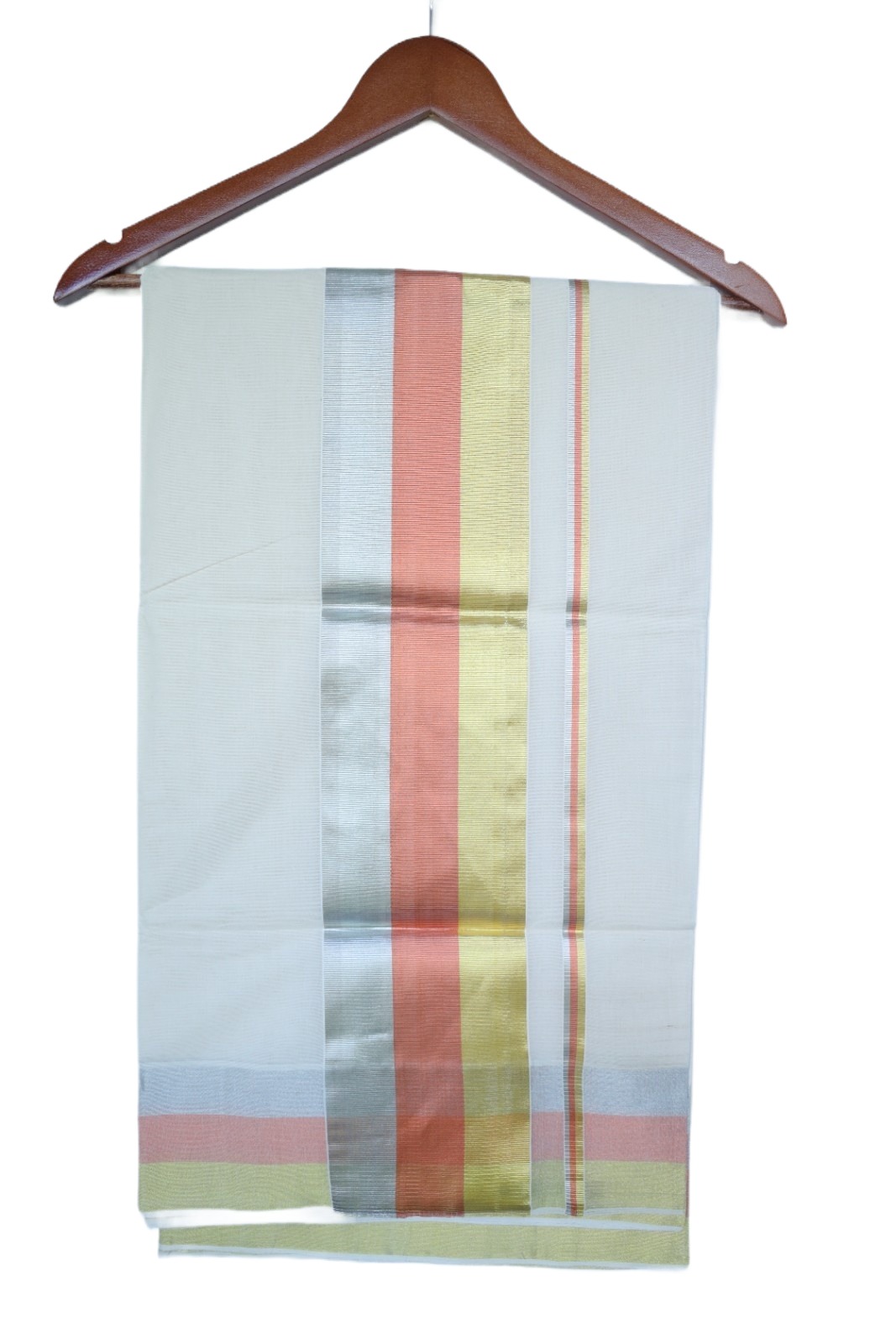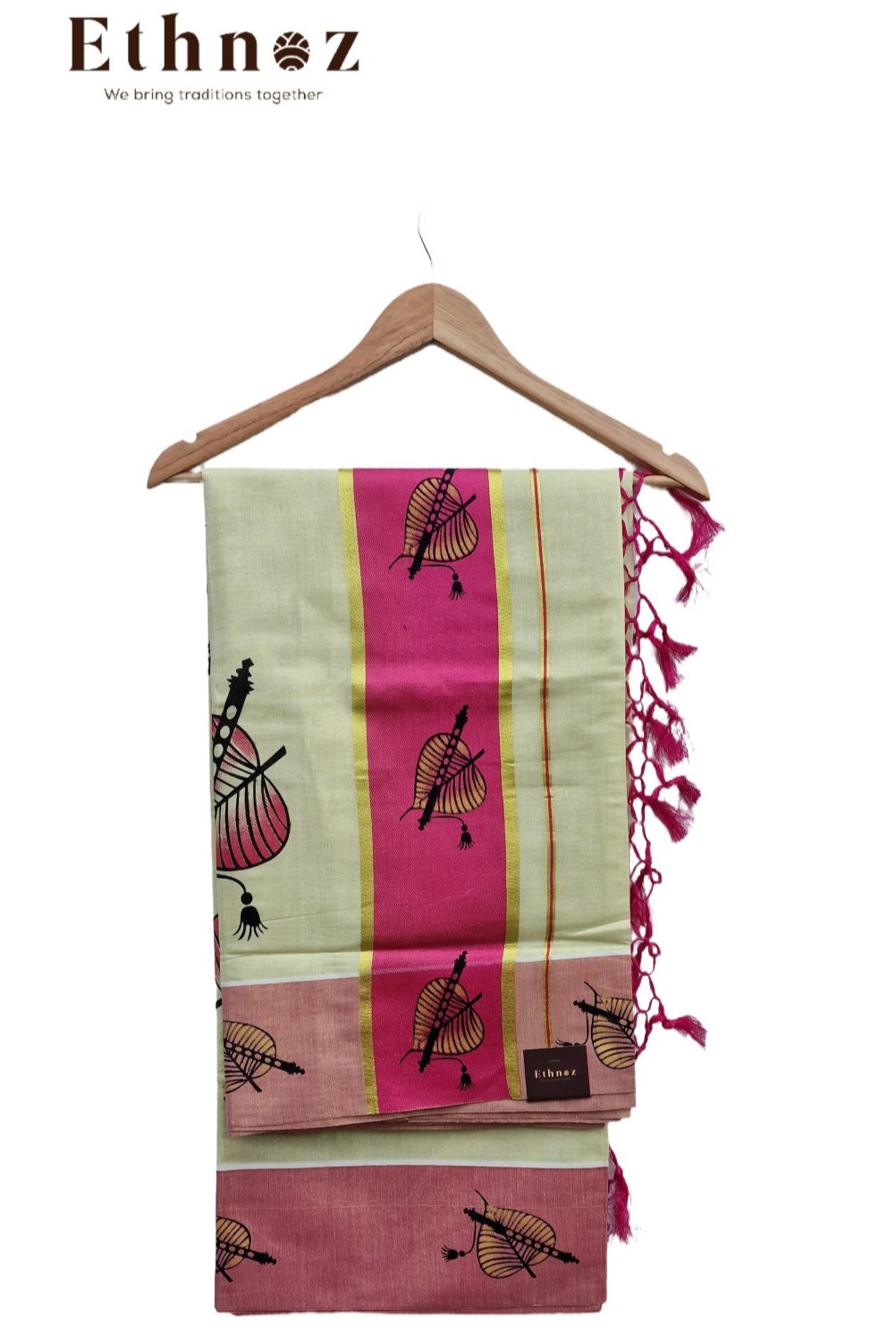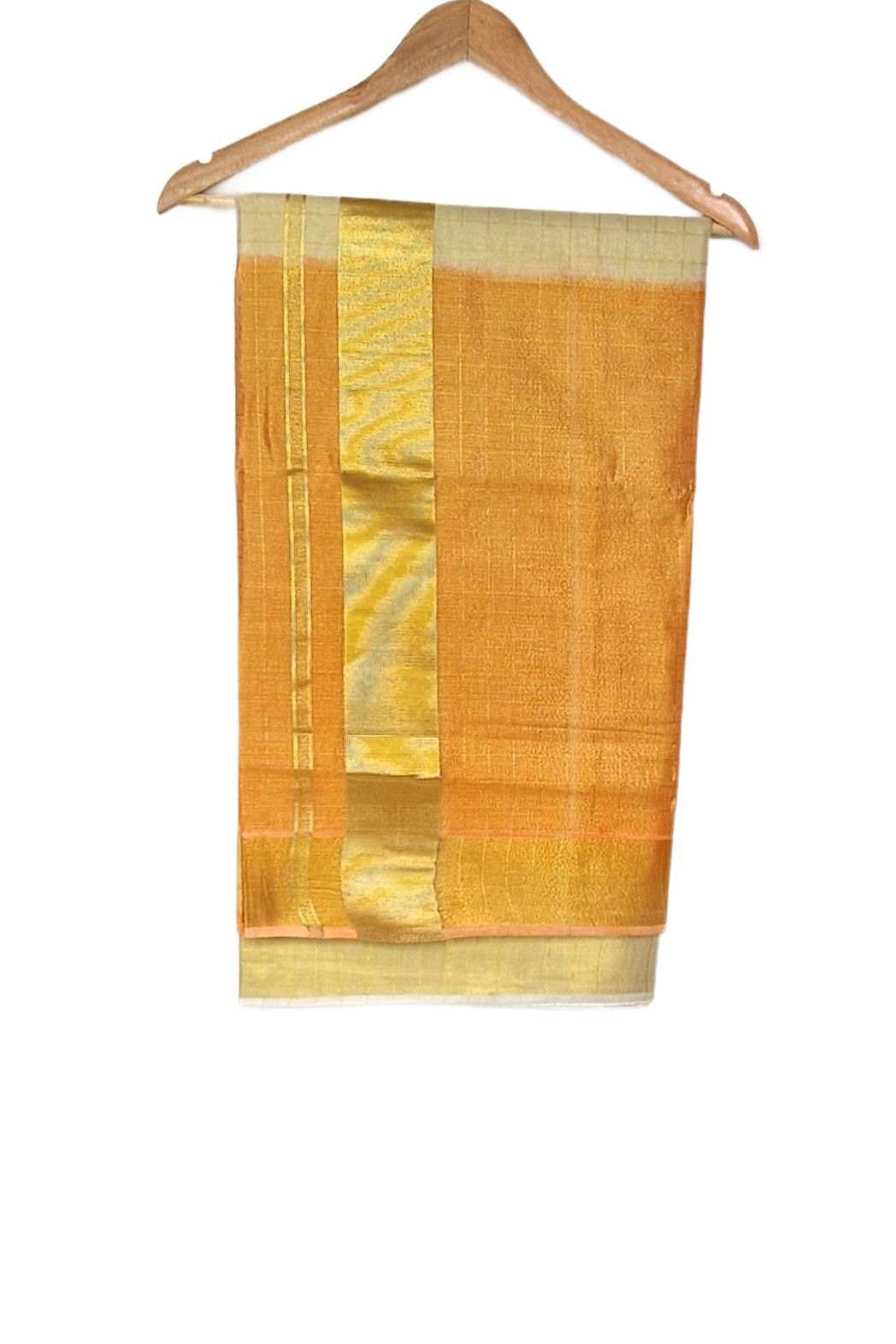A mark of tradition!
Kerala is home to a vibrant culture, where people and geographical peculiarities impart infinite patterns and bold colours everywhere. These patterns and verdant landscape, reflect even in their attire, and Kerala Saree is no exception. The traditional Kasavu Sari imparts elegance and artistic characters, but behind all these glory and popularity, lies history and cultural le...
A mark of tradition!
Kerala is home to a vibrant culture, where people and geographical peculiarities impart infinite patterns and bold colours everywhere. These patterns and verdant landscape, reflect even in their attire, and Kerala Saree is no exception. The traditional Kasavu Sari imparts elegance and artistic characters, but behind all these glory and popularity, lies history and cultural legacy which describes the evolution of Kerala Saree.
The Name Kasavu Sari!
Kerala Saree is known by the name Kasav Sari. The term Kasavu means Zari (Thread traditionally made of fine gold or silver), which is used in the border of Kerala Saree. Similarly, when Zari is used in a Mundu (Dhoti), it is called Kasav Mundu.
The evolution of Kerala Saree.
The characteristics of Kerala Saree emerged from the concept of Nalukettu. Nalukettu is a traditional building concept where there will be an open courtyard which is surrounded by strong pillars around it. The structure of Nalukettu ensured protection from outsiders while maintaining excellent temperature and ventilation inside the house. A similar approach is adopted for the attire worn by Keralites, let it be a single mundu, Mundu Veshti or Kerala Saree, the stitched garment is like a cage which endured protection while maintaining comfort. Till the 1930s, Single Mundu (Lower white drape) was a popular unisex clothing and it covered only the lower body leaving the upper part bare. So, to cover the upper body, people started wearing a cloth across the chest. In the 1940s the single mundu got remodelled into the mundu veshti, the two piece clothing which is even used today. The two piece attire offered more coverage and protection as it had double layers. Over the years, the mundu veshti evolved into the well known one-piece Kerala saree which we proudly drape across our body.
The weaving process
Traditionally, the hand-spun yarn is passed through a prolonged pre-weaving process. Once the yarn is processed, it is soaked in the water and moulded by applying pressure, usually by stumbling with feet. This process will make the yarn soft by removing dirt. The processed yarn is then warped and stretched. Before the yarn is put on the loom, it is starched and dried to ensure strength. Finally, the yarn is inserted into the loom for further adornments. The time taken for the weaving process of Kerala Saree depends on the details and complexity of patterns and Kasav (Zari thread in the border). A simple plain saree can be completed within 5 days while an extended version with more artistic approach will take up to three months. The cost of the Saree also varies based on the patterns, materials and craftsmanship.
Weaver community in Kerala
The origin of the weaver communities of Kerala dates back many centuries. The royal family of Travancore played a major role in settling weavers in Kerala - the Devangas from Mysore and the Chalias from Tamil Nadu, mainly from Kanchi area. Since then, these artisans have been weaving the finest Settu Mundu (Kerala Saree). Their legacy is carried forward by their descendants and some of them are helping us to craft the finest Kerala sarees that gracefully adorn our customers.
The dressing styles and patterns of Kerala attire have changed tremendously over the years.Today, Lots of contemporary outfits were adopted by people as part of globalization. But the elegance, class, and traditional touch a white Kerala Saree can offer makes it the most preferred attire for marriages, festivals, and any special occasions in Kerala.
Learn More


